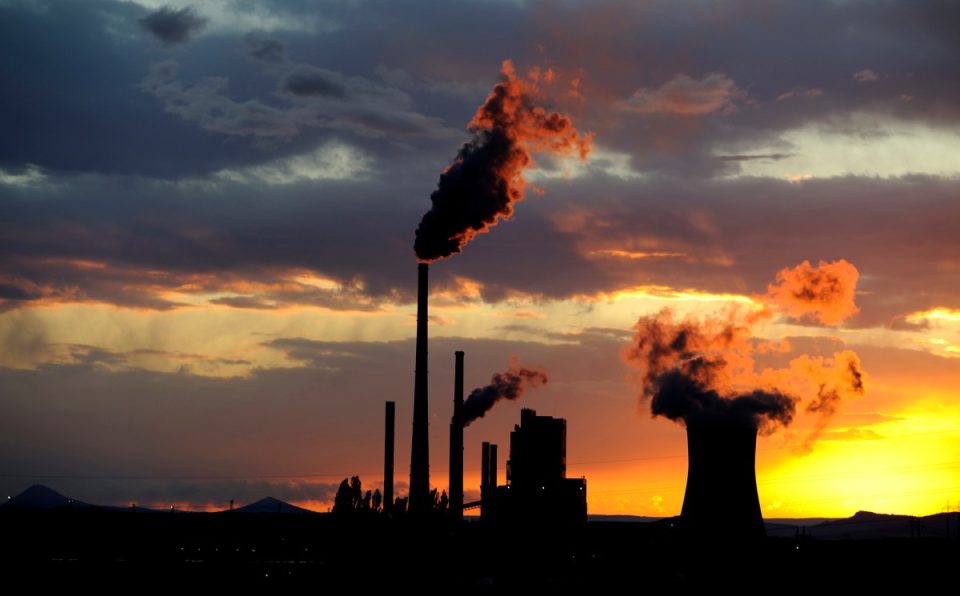Coal-fired power plants have done their fair share of damage over the past century. From climate change to acid rain, black lung to heart disease, they’ve generally been on the debit side of the ledger.
But lurking in the literal ashes is something of a minor climate savior.
“Ash can be used to replace up to 30% of cement,” Krish Mehta, co-founder and CEO of PHNX Materials, told TechCrunch. By displacing cement in concrete, fly ash from coal plants can eliminate a significant chunk of the material’s carbon footprint.
PHNX Materials has devised a way to strip fly ash of sulfur and carbon, impurities that concrete companies would rather avoid. By drawing out those compounds, PHNX preps the fly ash so that it’s ready for concrete companies while also creating a new source of sulfur and aluminum, another compound found in fly ash.
The startup recently raised a $2.5 million seed round, TechCrunch has exclusively learned. The round was led by Divergent Capital, KdT Ventures, and Overture, with participation from Jane Woodward.
Ash has been used for millennia in concrete. Ancient Romans used volcanic ash, and over the past century or so, state transportation departments have turned to fly ash from coal plants. Caltrans, for example, requires a minimum 25% fly ash in concrete used for its projects.
Fly ash’s secret is that it helps to stabilize a concrete mix, said Jorge Osio-Norgaard, PHNX Materials co-founder and CTO. In the absence of ash, a certain chemical reaction can turn the aggregate — the small rocks in concrete — into a gel that can expand, cracking the concrete.
“When you spend a billion dollars on a highway or on a bridge, you want it to last the next 100 years,” Osio-Norgaard said. “Fly ash helps achieve that goal.”
The closure of coal-fired power plants has slashed the amount of ash available to concrete companies. Coal used to provide 51% of all electricity in the U.S.; today, it generates 15%.
Those closures have created a new industry in coal ash harvesting. Companies scour ash pits for quality fly ash, dig it up, do some light processing, and sell it to concrete companies. But not all the ash is up to spec, Mehta said, and that’s created a fly ash shortage that has caused prices to spike.
As a result, concrete companies have been dialing back the amount of fly ash in their mixes to around 8%, he said. They could be using up to 30%, but instead are making up the difference with additional cement, which costs nearly twice as much as fly ash per ton.
That trade not only risks the durability of the concrete, but it also increases its carbon footprint. Cement releases CO2 from the chemical reaction that forms it and the fossil fuels that are used to provide heat to drive the reaction. One ton of cement produced in the U.S. releases about 0.8 tons of carbon dioxide, according to the EPA.
“We felt that unlocking a new supply of ash was the most scalable and quickest way to decarbonize the sector,” Mehta said.
PHNX’s process takes fly ash directly from landfills and extracts sulfur and aluminum. The company is also looking at ways to extract rare earth elements. It will then sell the ash to concrete makers and sulfur, aluminum, and other compounds to relevant industries. Sulfur, for example, can be used in fertilizer.
By addressing — and potentially profiting from — the impurities that lace the majority of the 843 fly ash landfills in the U.S., PHNX thinks it can offer the concrete industry a lower-carbon option. “We felt that unlocking a new supply of ash was the most scalable and quickest way to decarbonize the sector,” Mehta said.
Tim De Chant is a senior climate reporter at TechCrunch. He has written for a wide range of publications, including Wired magazine, the Chicago Tribune, Ars Technica, The Wire China, and NOVA Next, where he was founding editor. De Chant is also a lecturer in MIT’s Graduate Program in Science Writing, and he was awarded a Knight Science Journalism Fellowship at MIT in 2018, during which time he studied climate technologies and explored new business models for journalism. He received his PhD in environmental science, policy, and management from the University of California, Berkeley, and his BA degree in environmental studies, English, and biology from St. Olaf College.
